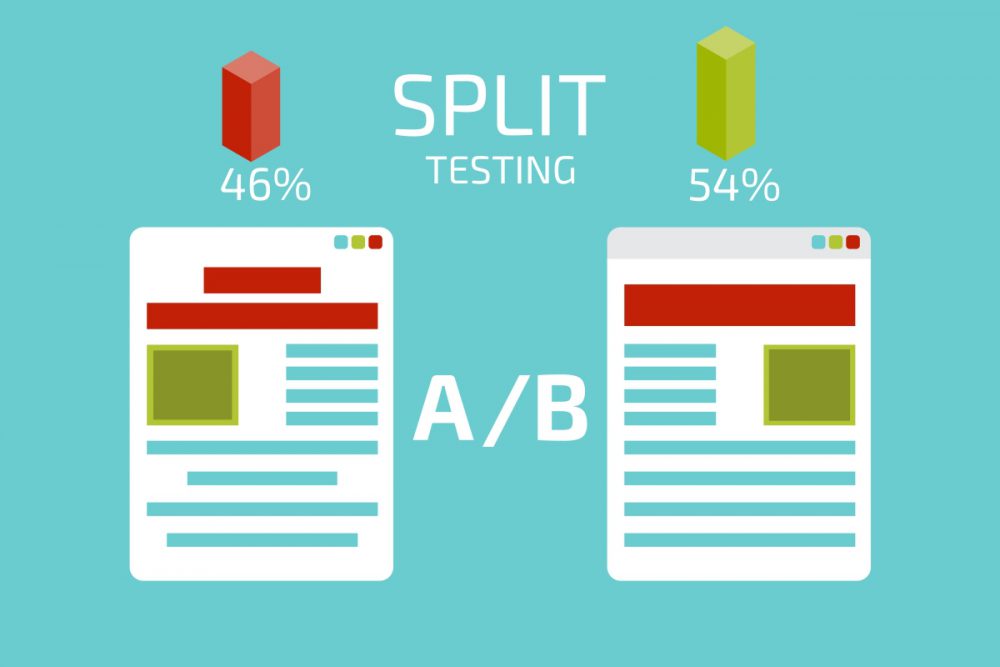All too often, marketing plans look good on paper until they come in contact with real-life users and customers. The only way to determine its effectiveness is to test it on real-life subjects.
A/B or Split Testing is one of the more scientific and objective way of dealing with sales and marketing strategy by experimenting with different variables that can affect customer behavior.
How well a certain page, email, or call to action (CTA) is at acquiring and converting leads depends on how prospects respond to your message.
The Relevance of A/B Testing in Marketing
Split testing is a quantifiable way of determining the effectiveness of a marketing tool by implementing two slightly different versions (A and B) and testing it on the market.
Depending on which version gains more widespread acceptance, the more effective version will be adopted for large-scale and long-term marketing goals. Even if one does prove to be extremely successful, you should continue to A/B test because you can always hone your marketing message.
Rather than waiting and hoping for a landing page, website or email to get views and responses over extended periods of time, split testing allows us to measure the performance of each marketing tool at a given time frame or with a specific number of test subjects as in the case of email, social media, landing page and others.
This method not only reduces the amount of guesswork, but over time the information gathered on how customers react to a certain feature or characteristic can be used to better improve marketing efforts in the future.
Thus, we are able to continuously develop a very solid marketing plan and at the same time keep our businesses attuned to our customer’s ever-changing needs.
Factors That Can Affect Response Rate
Why does one version get more response than the other? In some occasions, there is very little difference that can be correlated to a particular element or feature. Nobody knows with absolute certainty if a certain color is better or a button should be on the left-hand or right-hand side.
Split testing is not entirely error-free when it comes to drawing conclusions. It’s more about consensus and knowing what really speaks to the audience based on response rate.
- User experience – the first 3 to 8 seconds are critical in eliciting positive response from the audience. Changes in a website’s or landing page’s look and feel will impact the way customers react and base their judgment on how quickly and easily they can navigate through the page and the feeling that it conveys (e.g. bright themed vs. dark themed pages).
. - Text color, style, and length – reading use up more time than any other activity on a given page (not including viewing or listening to a video or audio clip). Depending on the purpose or intent of your readers, they might respond more differently, say reading a copy or reading a long-form article, blog, or newsletter. Readability, amongst other things, is vital when trying to get a positive response from the audience.
. - Call to Action (CTA) – these features will trigger a response from your audience. Even as simple as changing the size, shape, color, or CTA phrase (e.g., “Subscribe” vs. “Learn more”) can already make a big difference. This, of course, goes hand in hand with an effective content marketing strategy and proper use of words and phrases.
. - Timing and Frequency – Different posting times and email frequency may also affect the number of responses from a given audience. People tune in at certain days in a week or at a particular time of the day.
Results from these tests could vary from one type of page to another. It is much more felt in social media or newsfeed where activity is mostly high but not very much with stationary or static web pages.
As with mailing frequency, it would depend on which stage of the sales funnel your target audience is currently in. Same applies to email marketing during the latter phase of customer engagement.
Small Business Dream helps business startups to keep track of their marketing efforts through its sales funnel which integrates analysis tools to help make the right business decisions.








